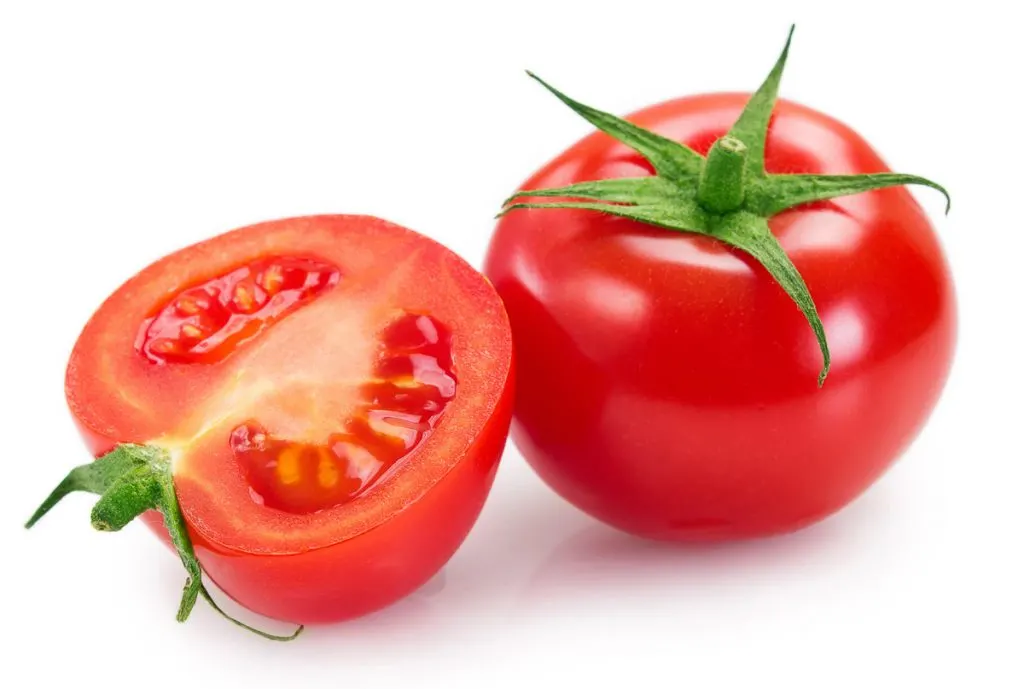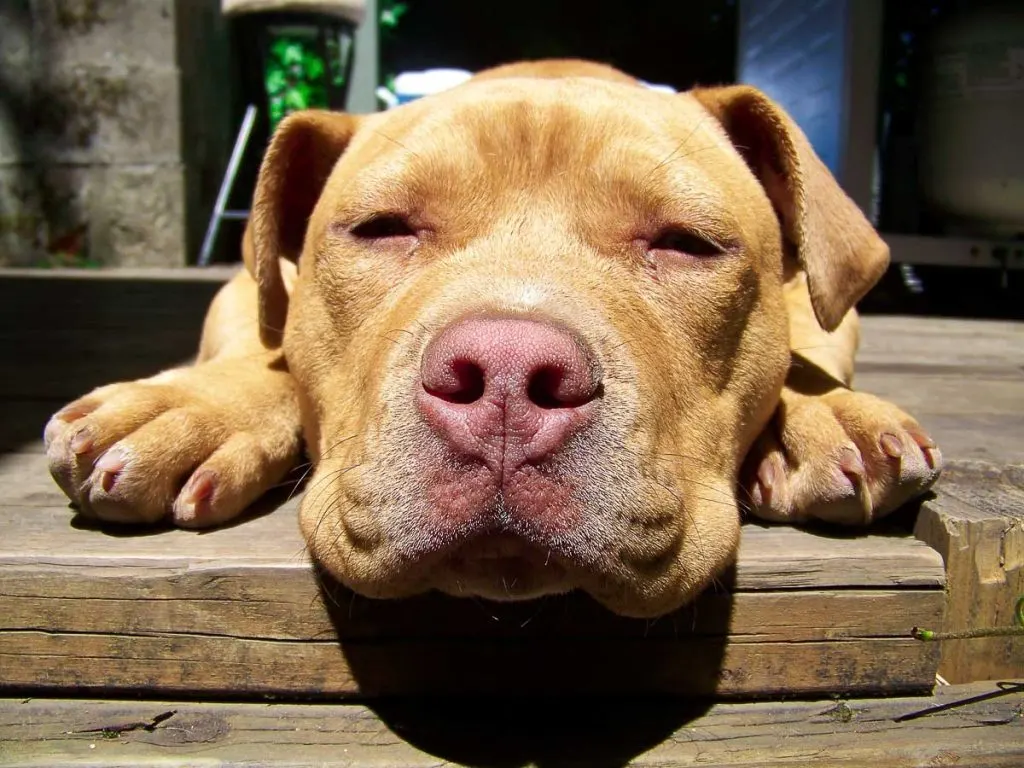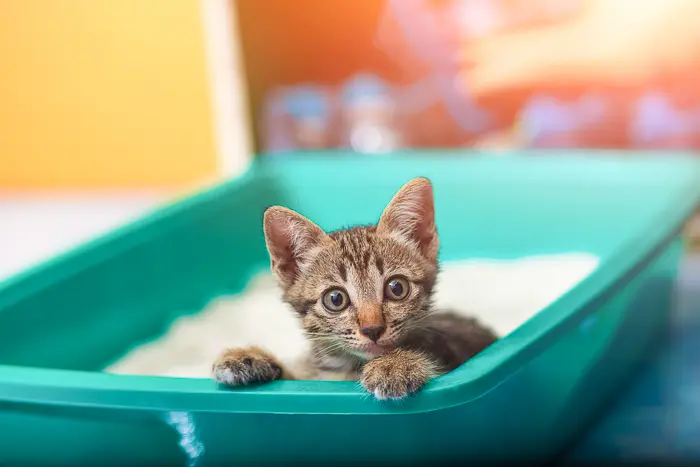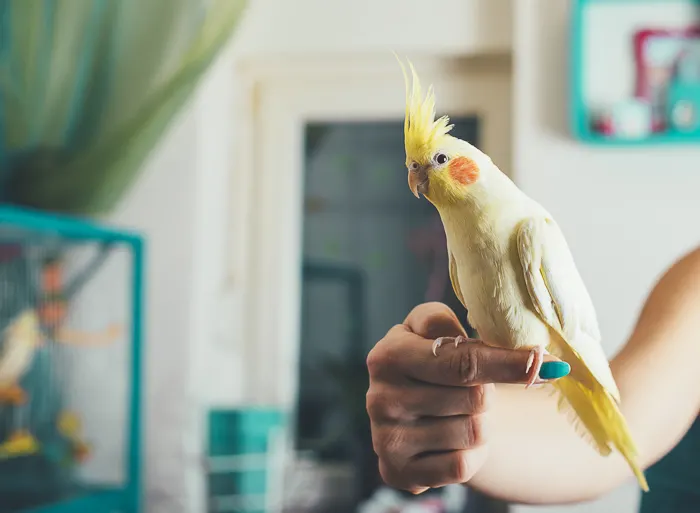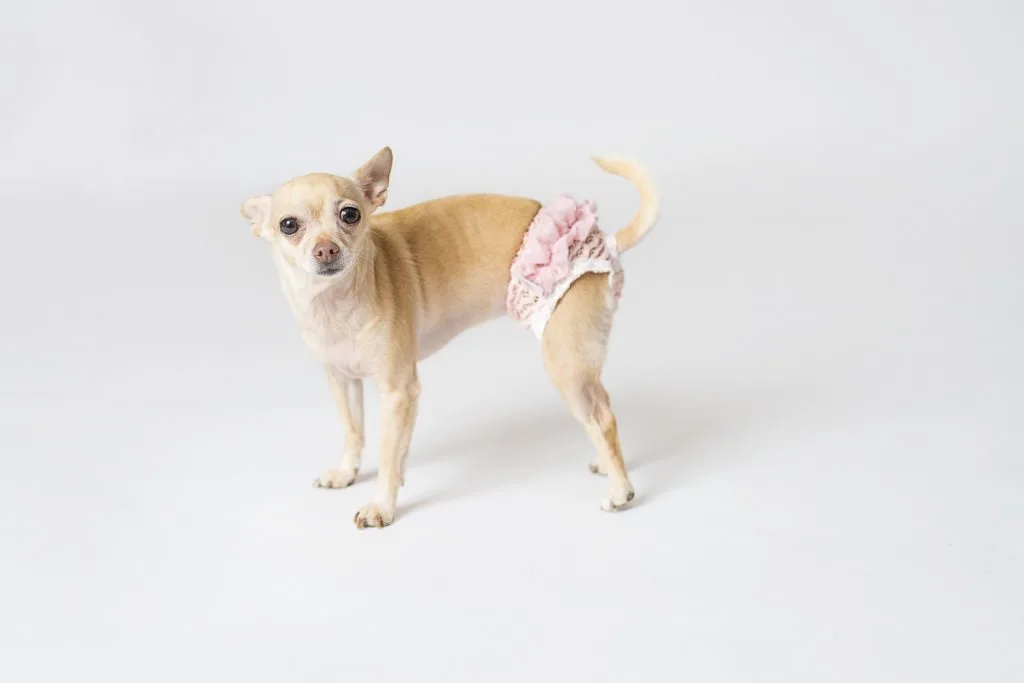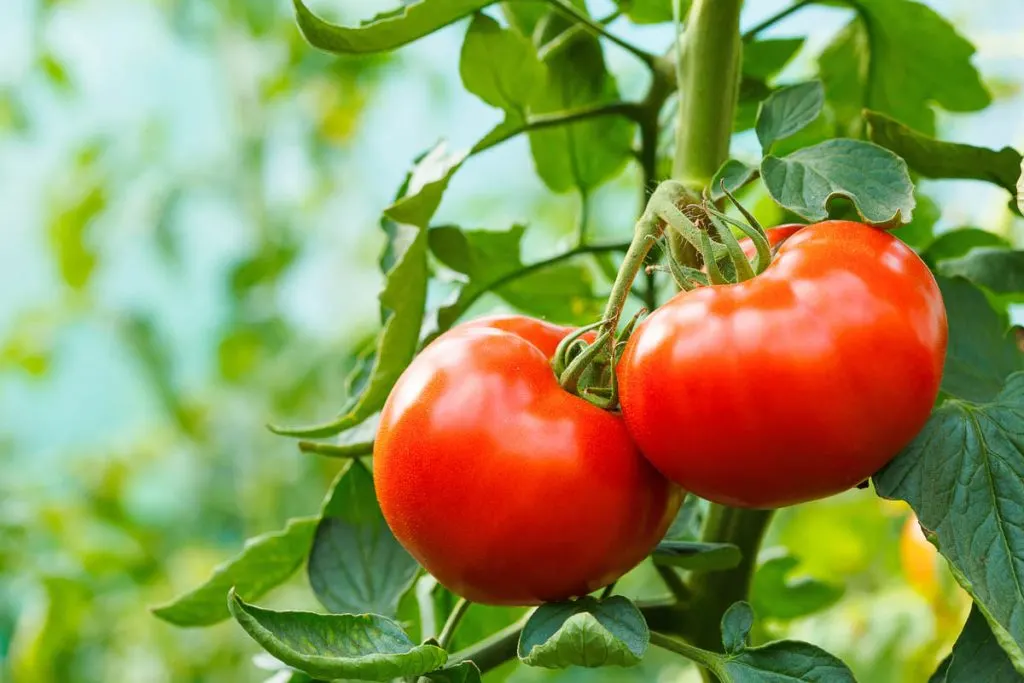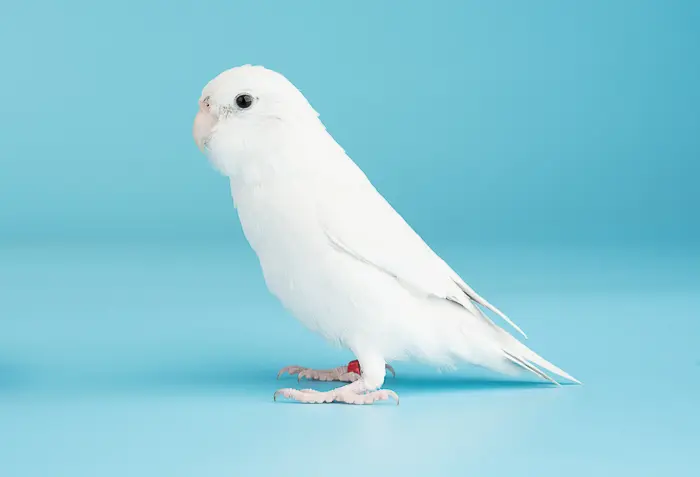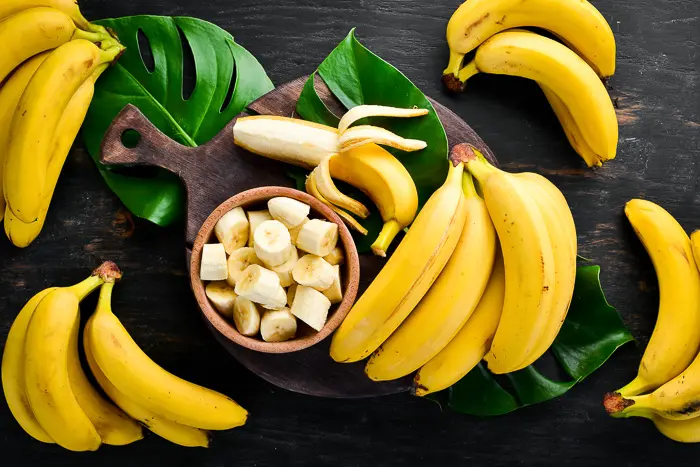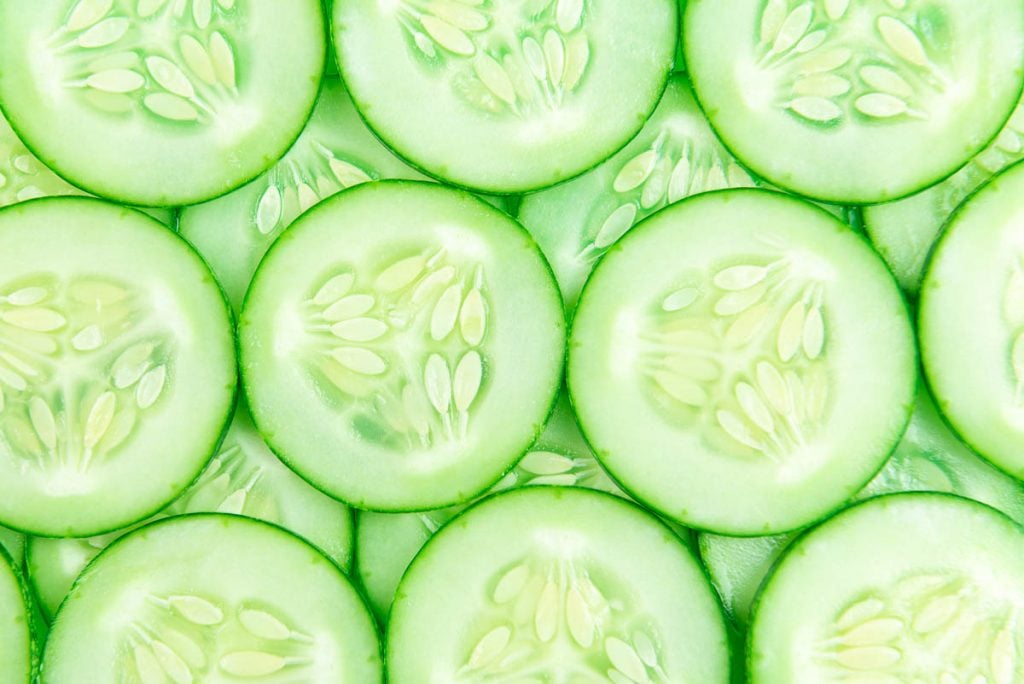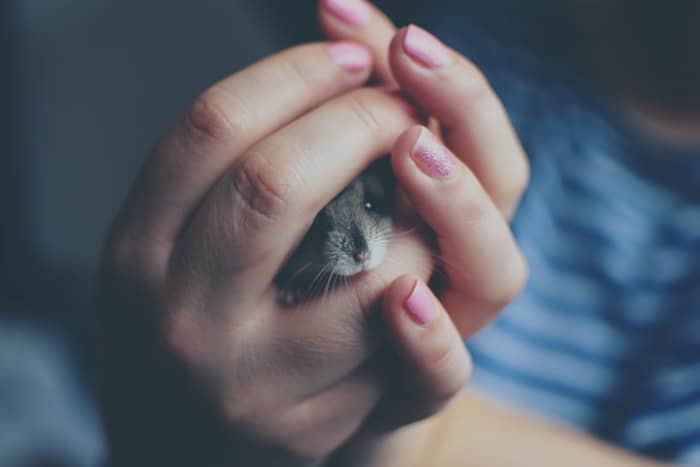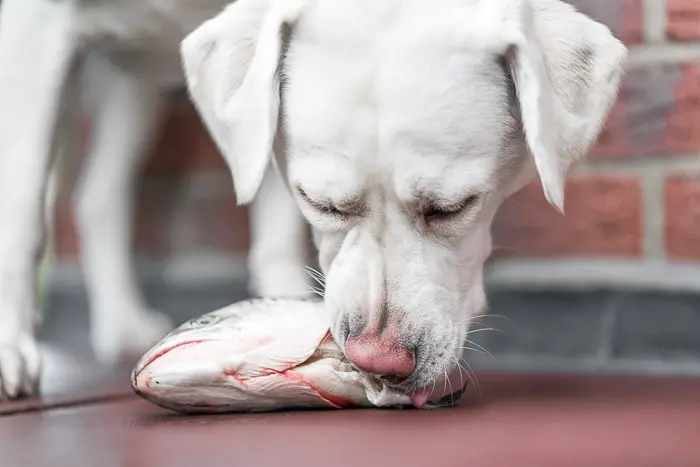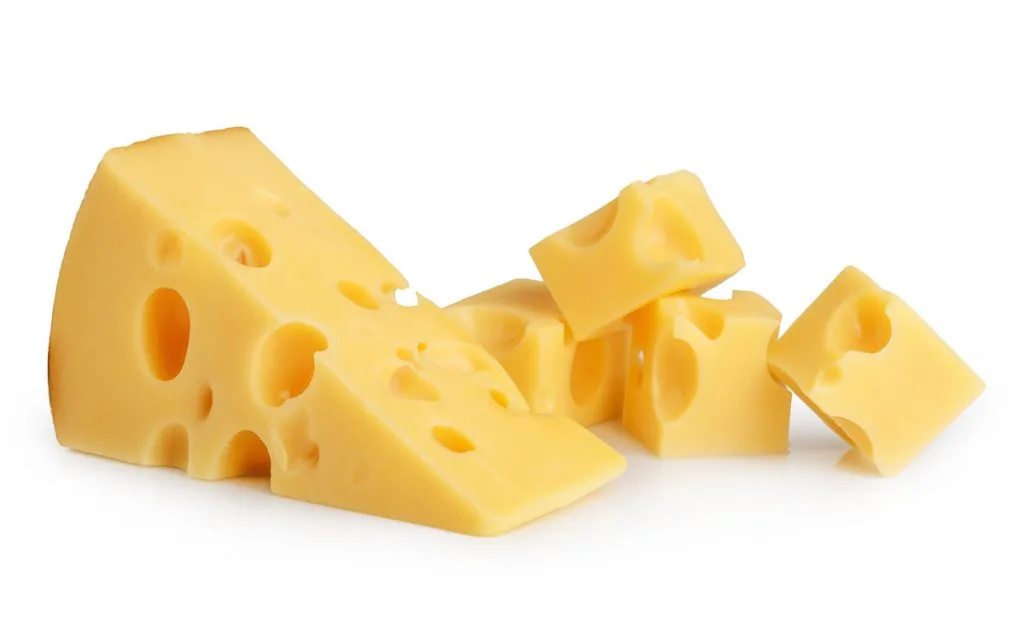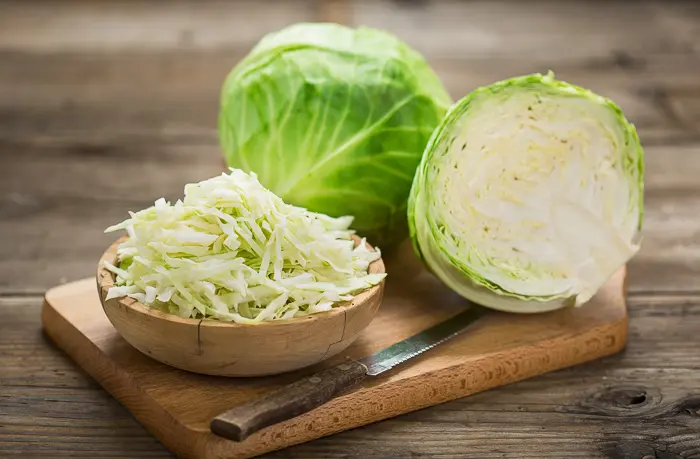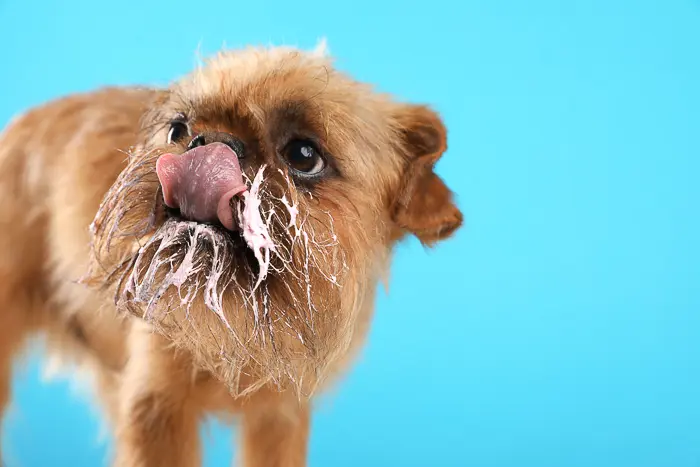Bearded dragons are one of the most popular pet species of lizards. They are docile in nature and easy to care for – just a few of their admirable qualities. Having the correct environment for your bearded dragon will help ensure that they remain happy and healthy throughout their lifetime.
One of the major environmental factors that will affect your bearded dragon’s happiness and stress level is their tank size. The tank size for bearded dragon is incredibly important and can affect your dragon’s health.
Read on for more information from Dr. Jess, on the correct size tank for your pet.
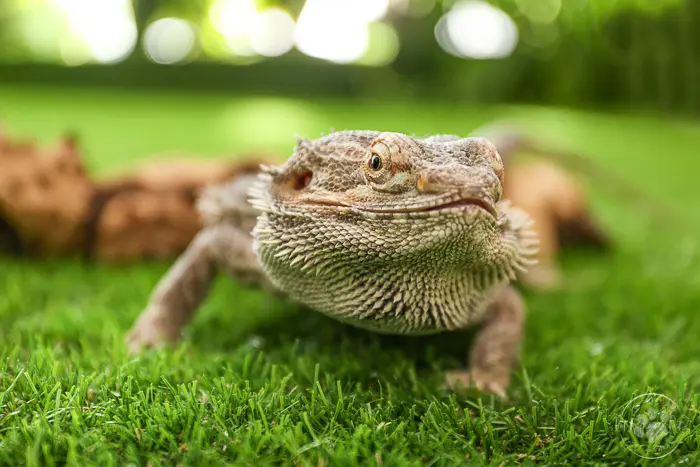
Bearded Dragon Basics:
Bearded dragons are funny little reptiles that are categorized into the desert lizard category – they like a warm environment.
They fall into the genus Pogona with eight different species falling under this grouping.
The eight species of bearded dragons, are distinguished from one another and named for the differences in their spines on their chins and necks.
Bearded dragons get their name from their armor of spiny scales, which include a “beard” of spikes under its chin and neck that puffs up depending on their mood, most commonly seen when puffed out when they are upset.
They do this to seem larger to whatever is upsetting them.
This may be paired with a erry ‘hiss’ when really upset.
Bearded dragons have teeth, lay eggs, and have problems with eating and not eating their foods. their foods.
They can live up to 10 years and can reach up to 24 inches long and weigh up to 18 ounces once full grown. They range in colors from brown, to orange, to yellow, to cream.
Beardies have a precise eye and good sense of smell.
Bearded dragons are often referred to as “beardies”, are one of the more popular reptilian pets because of their cool, interesting exterior and their popularity being of low maintenance pets.
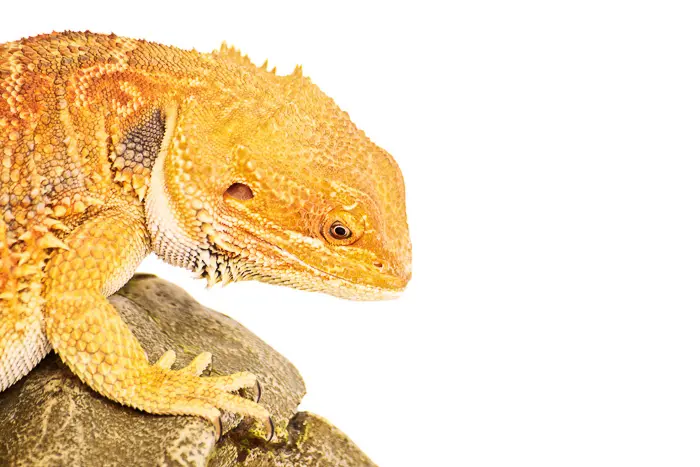
Bearded Dragon Sizes:
Bearded dragons grow quickly compared to many other pets. Don’t be shocked if your little baby dragon suddenly needs a larger tank within a few months.
The speed that a bearded dragon grows will vary depending on their breed, their genetics, and their care management (including diet), but usually you can expect to see your bearded dragon reach its full-grown mature size by around 16 to 18 months of age.
Adult bearded dragons can grow up to 24 inches from head to tail. That being said, most pet beardies are between 18-22 inches long as full-grown adults, depending on their breed.
What is a Vivarium?
A vivarium is basically an enclosed environment to house reptiles in. It is the equivalent to an aquarium for fish or a terrarium for plants.
Typically a vivarium is made from glass (like an aquarium) or other materials.
Vivarium Essentials:
Today, most beardies in captivity are bred and not brought in from the wild.
The natural habitat of bearded dragons are the hot dry desert regions of Australia.
In order to have a life full of being both happy and healthy, bearded dragons need to be housed in an environment that’s as close to their natural wild habitat as possible.
This means bearded dragons have a few non-negotiable needs that we must supply for them:
- Room to move
- Range of temperatures
- Places to hide
- Items to climb
- Areas to dig
Tank Options:
There are many different sizes and styles of enclosures available for purchase for your bearded dragon. It is extremely important to your bearded dragon’s health, that you get them a safe tank, both in structure, size, and setup.
Tanks come in a variety of different materials, like glass, PVC, melamine, and other materials for those DIY vivarium projects.
There are many pros and cons to each type of enclosure, ranging from price, weight, and aesthetics.
Tanks are available with varying openings for access to your pet. The best choice of opening is usually based on you and your pet’s personal preferences.
One type of opening is an aquarium style opening with access coming from the top of the tank.
Be aware that some bearded dragons are frightened by humans who reach into the enclosure from above, because in the wild, attacks often come from above them.
Other tanks have doors on the front of the enclosure, which gives you easy access to feeding and caring for your dragon.
Glass terrariums are very common vivariums for bearded dragons and what I personally like to use. Just be wary that some bearded dragons get upset if they see their reflections. So add a background to fix that potential issue.
Screen lids are my favorite type of secure lid, as they are great for ventilation while still keeping in some of the heat.
No matter what type of lid you end up going with, make sure that the tank has a secure lid. Bearded dragons love climbing and exploring – right out of their tank if accessible.
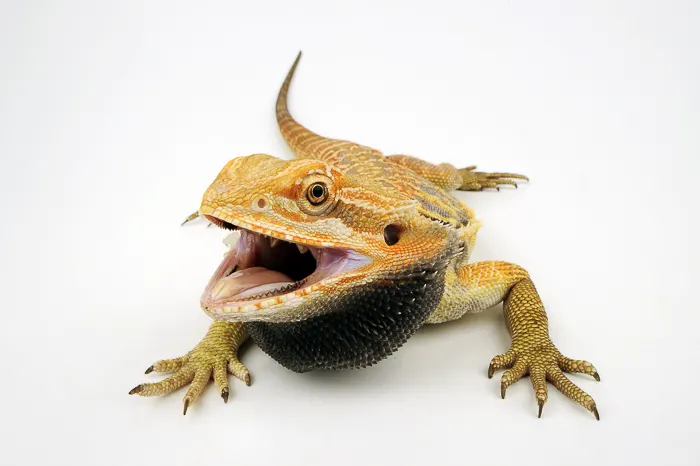
Bearded Dragon Tank Sizes:
When it comes to having the best tank for bearded dragons, you’re primarily going to want to consider their age.
It is best to get the right size tank for each stage of your bearded dragon’s life.
The ideal tank size is at least 4 feet by 2 feet by 2 feet for an adult bearded dragon.
Young adults and mature adults should have at a very minimum, a 55-120 gallon enclosure.
Larger tanks will allow full-grown bearded dragons to completely turn around without bumping into the sides of their enclosure.
Always remember – bigger is better when it comes to picking out a tank for an adult bearded dragon!
It's important to remember that some larger gallon tanks still aren't wide enough, like the 55 gallon long tank that is only 48 x 13 x 21 inches, pictured below:

I use it for my bearded dragons when they have not yet reached mature size, just for them when they are still juvenile bearded dragons.
A 55 gallon long tank will not be wide enough for a mature 18-inch or more bearded dragon to turn around in, explore, and get their needed exercise in comfortably, once they reach their full adult size.
Here is a breakdown of the size of tank that you should be getting for each stage in your bearded dragon’s life:

Keeping your bearded dragon in a tank that is too small for them may have permanent effect on their health, such as stunted growth.
Your bearded dragon will likely be quite stressed and feel overly confined. And an unhappy beardie can likely pick up some unwanted health problems.
Tank Height Matters Too:
You should prioritize the length and width of your bearded dragon’s tank’s floor over the height of its walls. However, keep in mind that height is still an important factor when choosing an enclosure for your pet, especially since beardies love to climb.
Temperature regulation is one important factor aided by tank height. A tall tank allows your dragon to move up and down a greater distance from the basking lamp, depending on whether they are hot or cold – giving your dragon more options than a shorter enclosure would.
I’ve had many beardie clients build multiple levels in their enclosures for extra areas for their beardie to explore. Building upwards is a great way to make a smaller enclosure seem much larger for your friend.
Why Does My Bearded Dragon Need Such a Big Tank?
Bearded dragons are unable to regulate their body temperature on their own, and because of this, they depend on a variety of temperatures in their environment to help.
These types of animals are called ectotherms, they rely on outside temperatures to help them regulate their internal and external temperatures, as they cannot regulate it on their own.
Your bearded dragon might move to a warmer section of their enclosure to bask or because the warmth helps to aid with their digestion.
They might want a cooler area to sleep or hide.
An enclosure that is too small will often be too hot for your beardie because they cannot get far enough away from their heat lamp, allowing no way to escape the heat when they need to.
This is also the reason for the vivarium size recommendations. At the recommended sizes, your bearded dragon can still get access to a varied temperature range for them to choose between.
The right size tank is an excellent way to reduce anxiety for your bearded dragon..
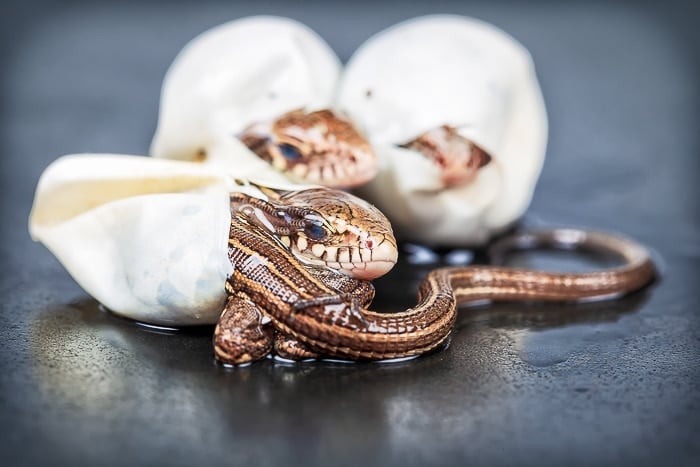
What Size Tank To Buy For Baby Bearded Dragon?
Many people choose to put their baby bearded dragon in a smaller tank until they get a bit larger in size.
I feel that my own baby bearded dragons have done best in a smaller enclosure to start with.
If you are purchasing a baby bearded dragon, a tank between 20 gallons and 40 gallons might work best temporarily.
A 20 gallon tank is only recommended for a beardy under 10″. Keep in mind that this tank is only temporary and that your bearded dragon will outgrow this tank quickly, within a few short months.
Babies can live in a 40 gallon tank (38” X 18” X 18”), but that is as large as I would recommend for a baby bearded dragon.
Some babies could have difficulties catching and eating their food if their enclosure is too large, larger than the 40 gallon tanks.
If they seem to be struggling either finding or hunting their food, you will definitely want to hand feed them or put them into a smaller enclosure until they are older and a bit larger.
Remember – Beardies will reach their full size around 16 to 18 months of age.
If the tank size is not updated as the animal grows, their growth could become stunted.
Some bearded dragon owners choose to start their bearded dragon out in a larger tank right from the start. This is fine as long as the baby can still get to their food, water, and that the substrate is appropriate for the young pet.
This way, you are spending less money on multiple tanks and setups and your bearded dragon is not transferred or moved to multiple environments, which is stressful for your little buddy until they get used to their new surroundings.
Where to Buy a Bearded Dragon Tank?
Vivariums have a wide range of sizes, shapes, and costs. Some are more affordable and others are over-the-top expensive.
Pet stores like Petco, Petsmart, and exotic pet shops are the first places most people go to find their bearded dragon a new home.
Others shop around for more variety and options through online retailers and even Amazon.
Others will choose to make their own DIY vivariums. They may build it from scratch or use existing furniture, like a bookcase or entertainment center to repurpose into a tank.
If you choose this option, make totally sure that you do not use cedar or pine wood materials, because the sap can be toxic to bearded dragons.
How Many Bearded Dragons Can Be Kept in a Single Tank?
Bearded dragons are typically solitary animals and are perfectly happy living alone, especially as adults. They usually do not like sharing their space, as they become increasingly more and more territorial the closer to mature adulthood that they get.
Therefore, it is not recommended to have two bearded dragons in the same tank.
It is best to have separate habitats for each bearded dragon so that they do not become aggressive with one another.
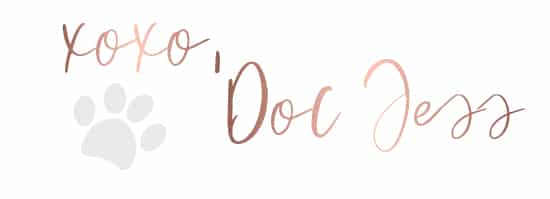
![[Vet Explains Pets]](https://vetexplainspets.com/wp-content/uploads/2024/09/cropped-vetlogo-199x66.png)

